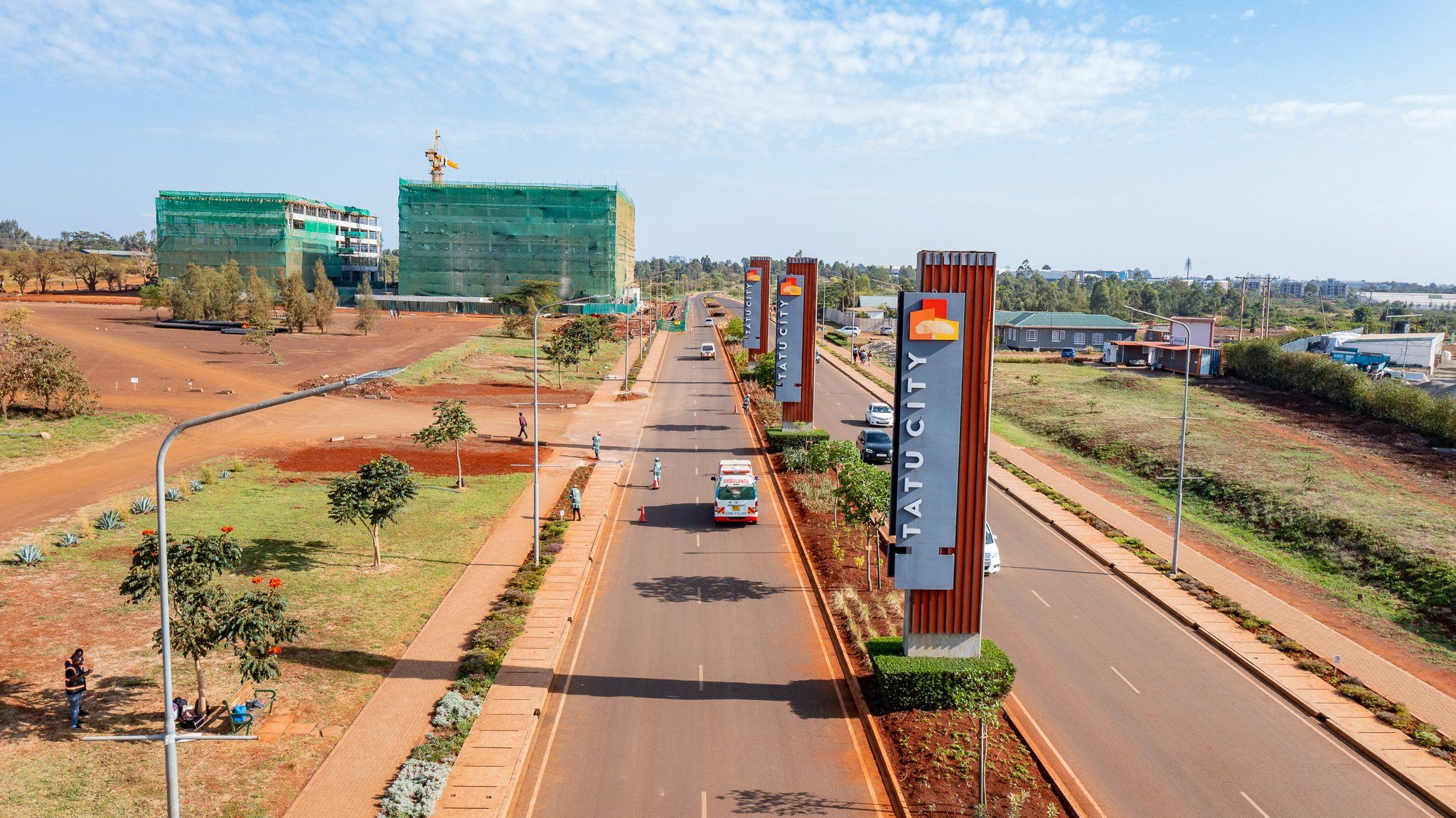Pollution, traffic congestion, slumification, perennial water shortages and insecurity – all coupled with flash floods – paint the perfect picture of a Dickensian reality, which is sadly the lived experience of a majority of Nairobians.

In the past three weeks or so, the county government of Nairobi headed by the governor, Mr Johnson Sakaja, has been on the receiving end of complaints by angry Nairobians over what many of them believe to be gross mismanagement of the city. Interestingly, a section of Nairobians believe that the present maladies are a clear sign that the city has reached its sell-by date, that it’s time the authorities re-thought Nairobi.
To this end, there have been suggestions in the past to relocate the capital city to Isiolo since it is more centrally located and most importantly, offers a blank slate for rigorous urban planning. The other not-so-new suggestion I have seen being fronted in the wake of the flash floods that Nairobi has been experiencing is that the authorities should instead “build cities from scratch” in the form of smart cities.
A smart city is an urban area that focuses on leveraging technology to improve the efficiency of urban services and infrastructure. By using sensors, IoT devices and data analytics to manage transportation, waste management, among other public services more effectively, planners hope to create more sustainable, connected and livable urban environments.
Smart cities in Kenya
The reason why I termed the suggestion to have smart cities as “not-so-new” is because there are already two smart cities in Kenya – Konza Techno City and Tatu City. There are a number of lessons to pick up from these two smart cities. Let’s start with Konza.
Dubbed the “Silicon Savannah”, Konza Techno City was conceived as part of Kenya’s Vision 2030. Located some 80 kilometres South-East of Nairobi on the Athi plains and costing about $14.5 billion (Ksh 1.96 trillion at the current exchange rate), it was estimated that by 2020, Konza would have created 100, 000 jobs and pump in about $1 billion to the Kenyan economy yearly.
The idea behind Konza’s construction was to create a hub for technology industries, attracting investors not only from Kenya and Africa but also from across the globe. The Kenyan government would provide basic urban infrastructure such as roads and sewer systems and then private investors would take over and build the rest.
According to the Konza Technopolis Development Authority, the project would cater for both ends of the market by providing affordable housing although a majority of residential developments would be targeted towards a professional middle-class. Additionally, in adherence to climate sustainability, developers would adopt green building practices.
15 years since construction work began at Konza, the area is still a vast construction site pockmarked by savannah grass. So much for Silicon Savannah! As things stand, the completion of the Konza project seems like a mirage. Principally, the project has been hamstrung by delayed government funding and corrupt barons who in seeking to cash in on the project, spooked potential investors.
On its website, Tatu City describes itself thus: “Tatu City is a 5,000-acre, new city with homes, schools, offices, a shopping district, medical clinics, nature areas, a sport and entertainment complex and manufacturing area for more than 250, 000 residents and tens of thousands of day visitors.”
Just like Konza, Tatu City is a flagship project under Vision 2030. The first and foremost difference between the two is that, while Konza is state-owned, Tatu on the other hand is owned by Rendeavour – a private urban developer.
Tatu City is also a special type of smart city – it is a Charter City. According to the Charter Cities Institute, a Charter City is a “new city granted special jurisdiction to create a new governance system and enact policy reforms”.
So far, Tatu City has been able to attract 78 businesses among them, Unilever, Davis & Shirtliff and Dormans. Chinese medical supplies manufacturer Zhende Medical is also set to put up the “largest medical facility in East Africa” at Tatu City employing up to 7, 000 Kenyans.
What can we learn from the smart cities in Kenya?
The first lesson is clearly evident; if more smart cities were to be successfully put up in Kenya, then the private sector is the safest bet to handle those projects as evidenced by the marked difference between the development of Konza and Tatu City. Bureaucracy, weak property rights and corruption mean that such a project undertaken by the government would take years to complete.
But this discovery brings us to the second problem; by and large, private developers are driven by profit motives. As such, as much as they are concerned about efficiency and quality, they are also heavily invested in generating the highest returns from their investments. This drives up the cost of property in such settlements. Take for example Tatu City where the price of land stood at Ksh 10.5 million per quarter acre in 2020. One-bedroom flats in its cheaper districts sell for about Ksh 4.4 million. This means that these cities are largely only affordable to the Kenyan upper middle class and expatriates.
While commenting about smart cities, former World Bank economist Paul Romer said, “Some of these developments are imagined as the gated communities of privilege.”
Proponents of smart cities argue that the cities aren’t meant to help the poor directly but indirectly by attracting investment whose benefits ripple through the economy. They further argue that these new cities are meant to offer an alternative to the thousands migrating to cities yearly thus inhibiting the “choking” of existing “traditional” cities. However, what is clearly apparent is that, these cities are designed to cater for urban middle-classers who are looking to escape the dysfunctionality of existing “traditional” cities. This begs the question, apart from creating ideal cities for the privileged few, to what extent do these cities have the capacity to solve the problems plaguing “traditional” cities?
It is estimated that at full build, Konza City could accommodate up to approximately 240, 000 residents. Tatu City on the other hand is designed to hold 250, 000 residents at full capacity. By the end of 2023, Nairobi’s population stood at an estimated 5.3 million. In the past ten years, Nairobi’s population has grown by roughly 1.67 million at an average annual growth rate of 4.3% or by an estimated annual average of 166, 329. Going by these projections – and the proposals to create smart cities to absorb new migrants – then new Tatus and Konzas would have to be built yearly which is not feasible.
The solution here is two-fold. Firstly, investment should be directed at maintaining and expanding the existing urban infrastructure such as roads and sewer lines, public land meant for sewer systems should be reclaimed by the county government and zoning laws should be implemented to ensure controlled development.
Secondly, it is a no-brainer that the rapid rural-urban migration is primarily driven by the search for economic opportunities. This points to unequal concentration of economic opportunities. To solve this, the national government ought to offer incentives, for example by developing infrastructure, for prospective investors to consider investing outside of urban areas thus creating opportunities for citizens.





